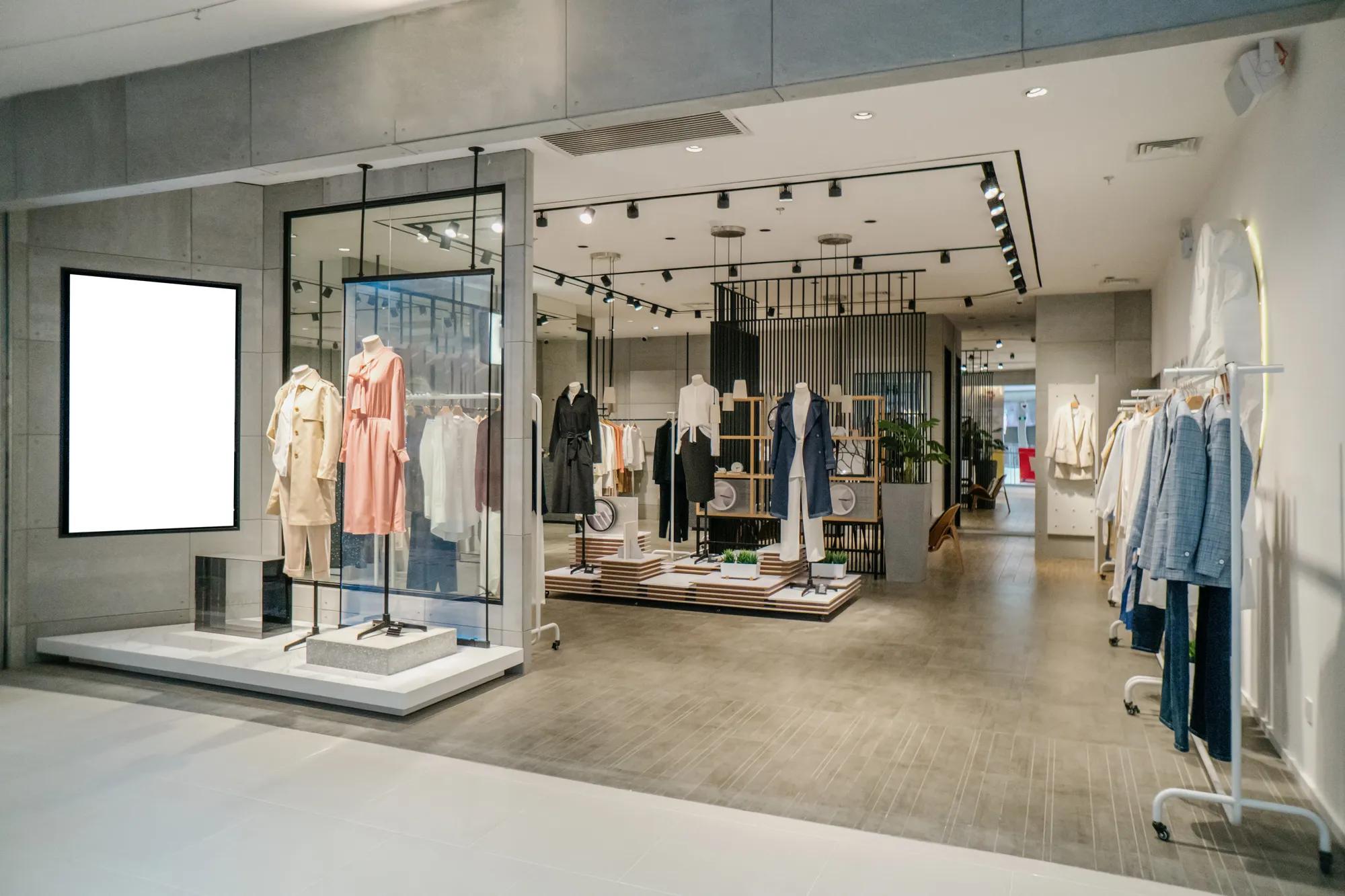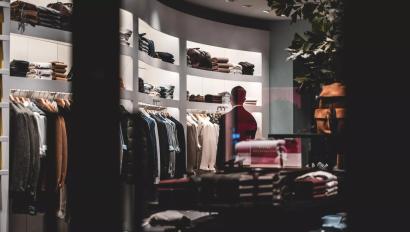Brick and Mortar Retail Security: Harnessing Technology for Transformation and Success

In an era of rapid digital transformation, the future of brick and mortar retail has been a topic of intense speculation. However, rather than becoming obsolete, physical retail stores are actively capitalizing on new technologies to improve customer experiences, drive sales, and streamline operations. This essay explores the future of brick and mortar retail, focusing on integrating new technology in retail loss prevention, leveraging network-ready technology for comprehensive store analysis, and utilizing AI to optimize data sources for complete retail store health.
The Future of Brick and Mortar Retail: Merging Technology and Security
Contrary to predictions, brick and mortar stores remain vital in the retail industry, offering distinct advantages like tactile experiences, instant gratification, and personalized service. To transform the traditional shopping experience, embracing technology is key.
Retail Loss Prevention: Leveraging Technology for Brick and Mortar Security
In retail loss prevention and retail security, new technology is revolutionizing the landscape. Advanced surveillance systems with high-resolution cameras, facial recognition, and real-time analytics enable proactive monitoring, reducing theft and ensuring a secure retail environment. Modern retail security systems integrate RFID technology and advanced surveillance tools to create a comprehensive solution that proactively monitors and secures the retail environment. Additionally, RFID (Radio-Frequency Identification) technology has significantly improved inventory management and loss prevention. Real-time tracking and management of products through RFID tags minimize out-of-stocks and deter shoplifting, enhancing both security and the overall efficiency and profitability of the retail ecosystem. Network based system integration is the key to enabling these capabilities and lifting the “fog of retail” that so many establishments are facing.
Network-Ready Technology: Revolutionizing Brick and Mortar Retail Security Analytics
Network-ready technology is revolutionizing the way retailers analyze their stores. With the help of Internet of Things (IoT) devices, such as sensors, beacons, and smart shelves, retailers can gather real-time data on customer behavior, product performance, and store conditions. In fact, its possible, if done correctly, to leverage sensors and data that one is likely already using and producing. This data provides valuable insights into customer preferences, foot traffic patterns, and inventory optimization.
By collecting and analyzing data from various sources, retailers gain a holistic view of their stores, enabling them to make informed decisions. They can identify underperforming areas, optimize store layouts, allocate resources effectively, and enhance the overall customer experience. Network-ready technology empowers retailers to adapt and tailor their stores to meet the ever-changing needs and demands of their customers.
AI in Retail Security: Maximizing Data Efficiency for Brick and Mortar Stores
The adoption of artificial intelligence in retail (AI) has revolutionized the quest for a thriving retail store environment. Leveraging powerful algorithms, AI can efficiently analyze extensive data from diverse sources, including sales records, customer feedback, social media sentiment, and market trends. By harnessing this wealth of information, AI-driven systems provide retailers with actionable insights that fuel business growth.
AI empowers retailers to implement dynamic pricing strategies, personalized marketing campaigns, and targeted product recommendations, effectively maximizing customer engagement and conversion rates. Furthermore, AI-driven chatbots and virtual assistants elevate customer service by delivering instant assistance and resolving queries, even beyond regular business hours. Through task automation and personalized experiences, AI enables retailers to optimize efficiency, amplify sales, and cultivate enduring customer relationships.
Retail Security and Technology: A Bright Future for Brick and Mortar Stores
The future of brick and mortar retail lies in a symbiotic relationship between technology and the physical retail shopping experience. Rather than a clash with the digital realm, retailers are embracing technological advancements to enhance loss prevention, utilize network-ready devices for comprehensive store analysis, and leverage AI for optimized data utilization. This integration enables retailers to not only survive but thrive in the evolving retail landscape, providing customers with unparalleled experiences and ensuring their long-term success.























